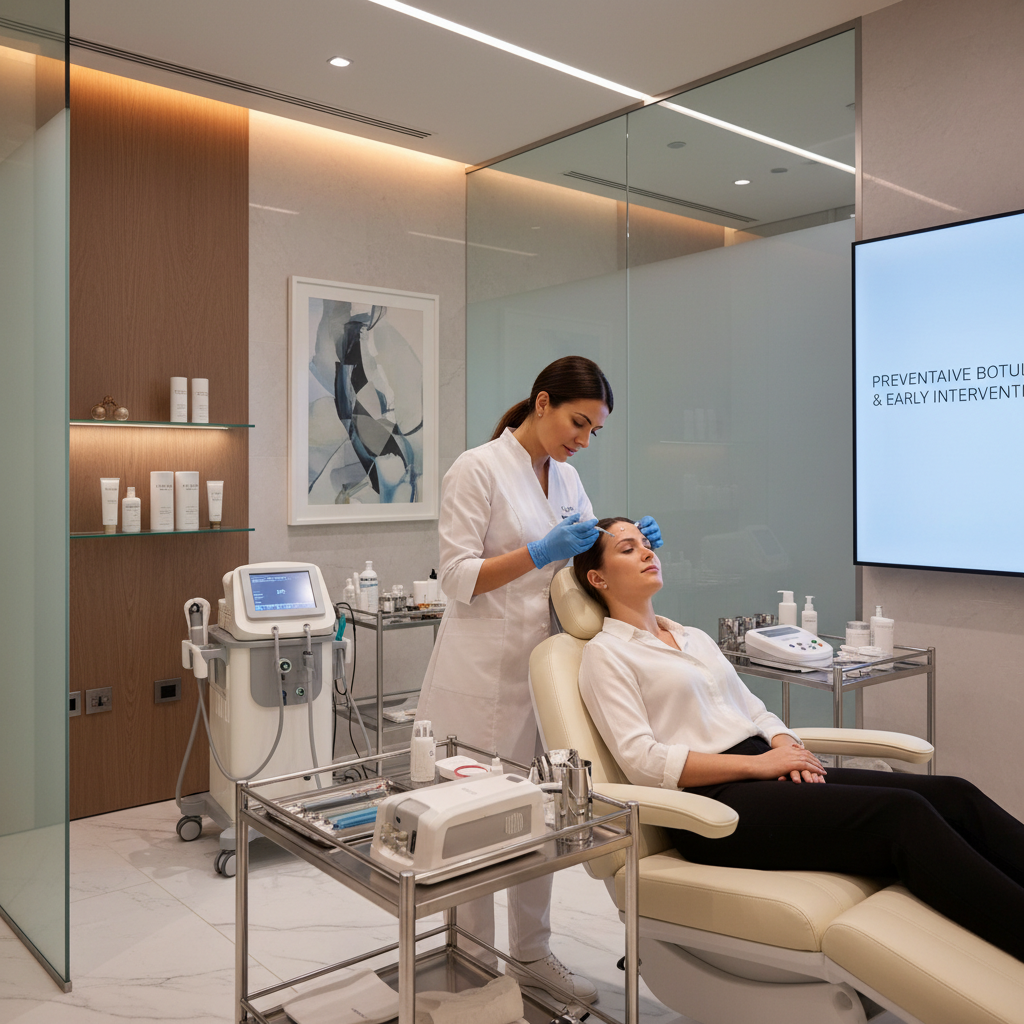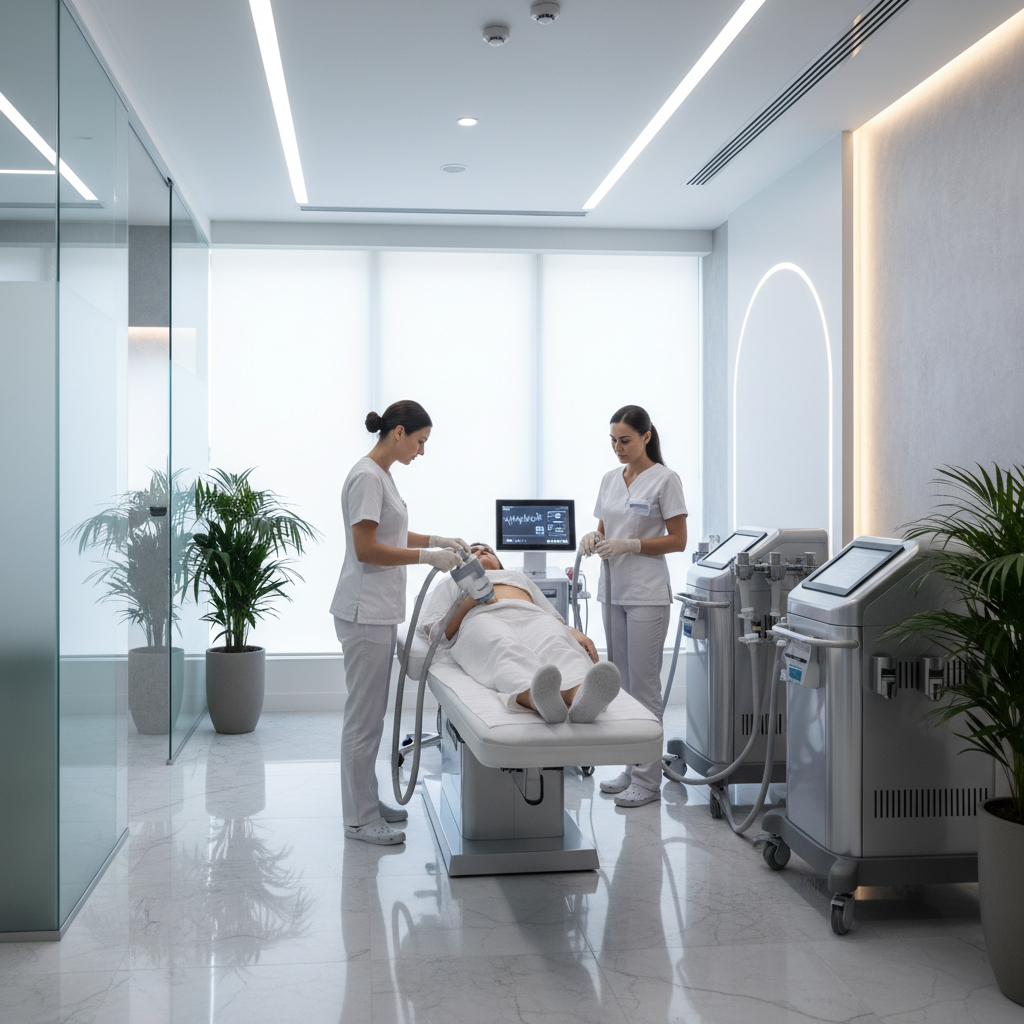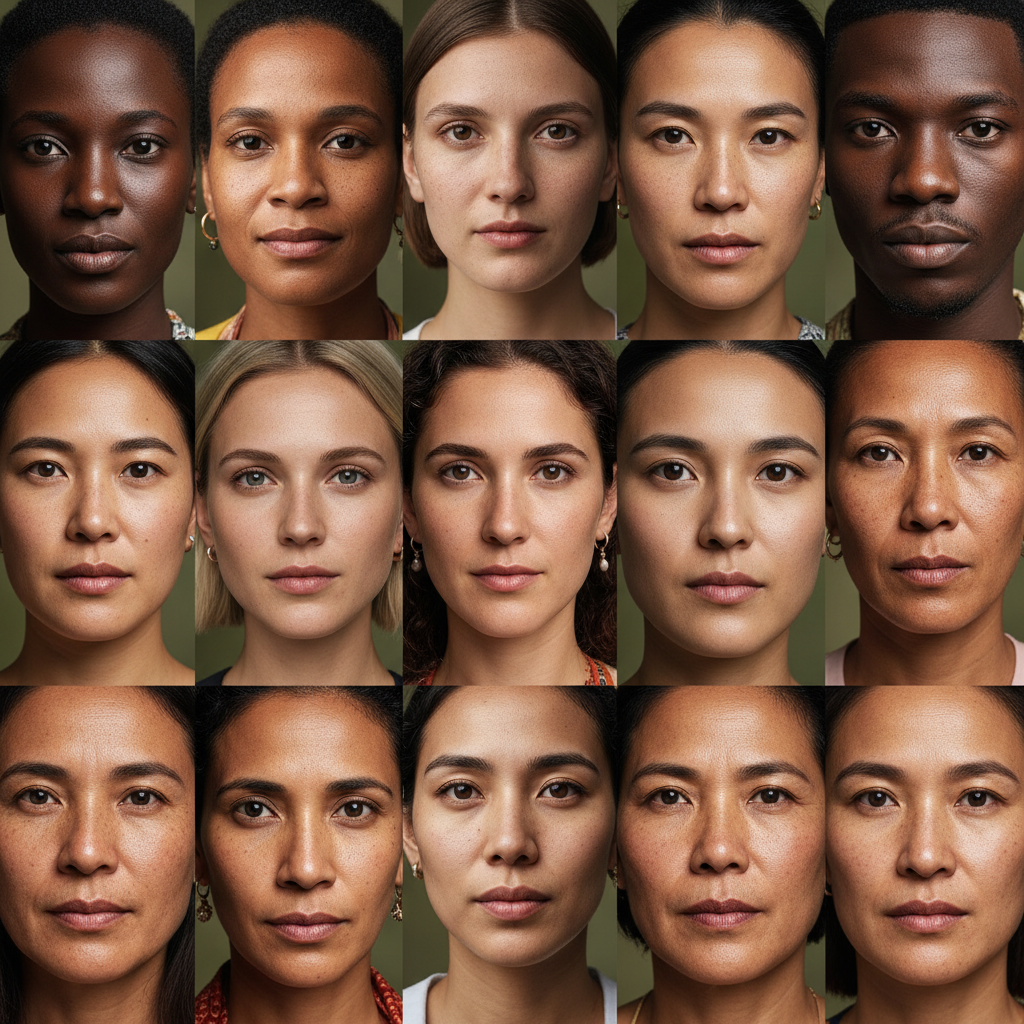Introduction – The Evolving World of Plastic Surgery
In the last decade, plastic surgery has undergone a major transformation. What was once seen as a luxury reserved for celebrities or the ultra-rich is now a mainstream pursuit for people of all ages and backgrounds. Thanks to medical advancements, social media influence, and changing attitudes about self-care, the industry has exploded with innovative procedures that are safer, quicker, and more natural-looking than ever before.
The Shift from Vanity to Confidence
Plastic surgery today isn’t just about looking younger or “fixing” flaws—it’s about enhancing confidence and aligning one’s outer appearance with how they feel inside. People are no longer ashamed to discuss their procedures openly; instead, they’re proud to share their stories as part of self-improvement journeys. From mothers opting for mommy makeovers to young adults refining their profiles with subtle fillers, the motivation is deeply personal.
Social media platforms like Instagram and TikTok have played a massive role in normalizing plastic surgery. Influencers and celebrities openly document their experiences, shifting the narrative from vanity to empowerment. The focus is on self-expression and authenticity, not perfection.
Why Plastic Surgery Is More Popular Than Ever
A few decades ago, undergoing surgery meant long recovery times and obvious results. Today, procedures are faster, safer, and more refined. The rise of non-invasive options such as Botox, dermal fillers, and laser treatments has made it possible for people to refresh their looks without going under the knife. In addition, technological innovations like 3D imaging allow patients to visualize their results before surgery, creating realistic expectations.
The affordability of treatments has also contributed to this boom. Clinics offer flexible financing plans, making aesthetic procedures more accessible. Whether it’s a 20-minute lunchtime filler session or a full-body contouring transformation, modern plastic surgery fits seamlessly into contemporary lifestyles.
Trend #1 – Minimally Invasive Procedures Take the Lead

Gone are the days when major surgery was the only option for cosmetic improvement. In 2025, minimally invasive procedures dominate the market—and for good reason. These treatments provide visible results with minimal downtime, less pain, and fewer risks.
The Rise of Non-Surgical Alternatives
Patients today prefer procedures that don’t require anesthesia or long recovery periods. Injectables like Botox and dermal fillers remain at the forefront, but the industry has expanded to include cutting-edge treatments like thread lifts, microneedling with PRP, and laser resurfacing.
Thread lifts, for example, offer a non-surgical facelift by lifting sagging skin with dissolvable sutures. Meanwhile, PRP (Platelet-Rich Plasma) therapy uses the patient’s own blood to rejuvenate the skin naturally. Laser treatments target everything from acne scars to fine lines, offering impressive results with minimal discomfort.
These alternatives appeal to busy professionals and parents who want noticeable improvements without taking weeks off work. The “lunchtime procedure” trend continues to rise, where individuals can walk in for a treatment and walk out looking refreshed within an hour.
Popular Minimally Invasive Treatments in 2025
- Botox and Fillers: Still reigning supreme, with new formulations that last longer and look more natural.
- Morpheus8: A combination of microneedling and radiofrequency energy for tightening and rejuvenating skin.
- CoolSculpting Elite: Advanced fat-freezing technology that eliminates stubborn fat cells safely.
- Laser Skin Resurfacing: Treats texture, pigmentation, and aging signs with precision.
In essence, the future of beauty lies in these subtle, low-risk treatments that enhance rather than overhaul. People want to look like the best version of themselves—not someone else entirely.
Trend #2 – Natural-Looking Results Over Drastic Changes

Today’s aesthetic ideal is shifting away from the exaggerated, “done” look of the past. In 2025, the focus is firmly on natural beauty and harmonious features. Patients want to enhance their appearance without looking like they’ve had any work done.
Subtle Enhancements Are the New Standard
Surgeons now take a more artistic, customized approach, focusing on balance and proportion. Instead of overfilled lips or ultra-tight facelifts, patients are requesting “tweakments”—minor adjustments that subtly refine their features. These include micro fat grafting for soft facial volume, liquid rhinoplasty for a straighter nose, and skin-tightening treatments that maintain a youthful glow.
The shift toward subtlety is also fueled by a cultural desire for authenticity. Natural beauty is celebrated more than ever, and social media trends like “clean girl aesthetic” and “no-makeup makeup” reinforce this preference. The goal is to look well-rested, radiant, and naturally youthful—not artificial.
The Role of Advanced Technology in Achieving Natural Results
Technology plays a vital role in this trend. High-definition imaging allows surgeons to plan procedures with incredible precision, ensuring that enhancements suit each patient’s unique bone structure and facial symmetry.
Techniques like fat transfer, regenerative medicine, and hybrid fillers are also making results softer and more natural. Moreover, customized treatment plans powered by AI help surgeons predict outcomes and refine techniques to achieve the most authentic look possible.
The result? A growing population of patients who feel more confident, youthful, and natural—without anyone suspecting they’ve had a little help.
Trend #3 – Preventative Botox and Early Interventions

The concept of “aging gracefully” has taken on a new meaning. Instead of waiting for wrinkles to appear, millennials and Gen Z are taking proactive steps to maintain their youthful appearance.
Younger Generations Embrace Preventative Care
Preventative Botox, sometimes referred to as “Baby Botox,” is now one of the most in-demand treatments among younger adults. The idea is simple: by relaxing facial muscles early, patients can prevent deep lines from forming in the first place.
The stigma around injectables has all but disappeared. Young professionals in their 20s and early 30s see these treatments as part of regular skincare maintenance, much like facials or sunscreen. Dermatologists and plastic surgeons emphasize education, helping patients make informed decisions about subtle, age-appropriate interventions.
Why Preventative Botox Is Changing the Anti-Aging Game
Preventative Botox isn’t about freezing expressions or changing how someone looks—it’s about long-term skin preservation. With precise micro-dosing, the results appear smooth and natural, reducing the need for more invasive treatments later in life.
This early approach is also psychologically empowering. Instead of fearing aging, individuals take control of their appearance early on. Combined with skincare advancements and healthy lifestyles, preventative Botox helps maintain a youthful, confident look well into middle age.
Trend #4 – Male Plastic Surgery on the Rise

Plastic surgery is no longer a women-only conversation. Men across the globe are embracing cosmetic enhancements as part of self-care and confidence-building.
The Modern Man’s Approach to Cosmetic Procedures
Men are prioritizing their appearance like never before, driven by the pressures of professional environments, social media, and dating culture. They’re seeking natural, masculine results that enhance their features without feminizing them.
The stigma around male plastic surgery is fading fast. Celebrities, athletes, and influencers have normalized it by being open about their experiences. Today’s male patients value subtlety and efficiency—they want quick recovery times and results that don’t scream “surgery.”
Top Procedures Men Are Opting For in 2025
- Gynecomastia Surgery: For a more toned chest contour.
- Hair Transplants: Advanced techniques like FUE (Follicular Unit Extraction) deliver natural results.
- Eyelid Surgery (Blepharoplasty): To combat tired, aged eyes.
- Jawline Enhancement: Using fillers or implants to define the masculine profile.
- Botox (“Brotox”): For a refreshed, confident look without wrinkles.
Plastic surgeons are now offering specialized approaches tailored to men’s unique anatomy and aesthetic goals, further fueling this growing trend.
Trend #5 – The Power of Body Contouring and Sculpting

Body sculpting continues to be one of the most transformative areas of plastic surgery. With the rise of fitness culture and body positivity, patients seek personalized solutions to achieve their dream physique without overexertion or invasive surgery.
Beyond Liposuction – What’s New in Body Shaping
Traditional liposuction has evolved into more refined, high-definition techniques that contour the body rather than just remove fat. Procedures like VASER liposuction and Lipo 360 sculpt and highlight natural curves, giving patients a fit, athletic look.
Post-weight loss patients also benefit from body lift surgeries that remove excess skin, creating smoother silhouettes. Additionally, combination procedures like the Brazilian Butt Lift (BBL) remain popular—though performed more safely today with modern fat grafting methods.
Non-Invasive Fat Reduction Technologies
For those avoiding surgery, non-invasive body contouring options like CoolSculpting Elite, Emsculpt Neo, and SculpSure are revolutionizing the field. These treatments target fat cells through freezing, heat, or electromagnetic stimulation—helping to build muscle and tone the body.
Patients love that they can achieve visible results over a few sessions, without anesthesia or scars. The rise of these advanced machines proves that the future of body aesthetics is efficient, safe, and customizable.
Trend #6 – Facial Fat Grafting and Regenerative Techniques
As plastic surgery advances, one trend stands out for its ability to merge science with natural beauty—facial fat grafting and regenerative aesthetics. These methods focus on using the body’s own resources to rejuvenate and restore volume naturally, without relying solely on synthetic fillers.
The Appeal of Fat Transfer for Natural Volume
Facial fat grafting, also known as fat transfer, involves harvesting a patient’s fat from one part of the body (often the abdomen or thighs) and injecting it into areas of the face that have lost volume due to aging. This technique not only restores youthful plumpness but also improves skin quality over time.
Unlike dermal fillers, which eventually dissolve, transferred fat can last for years if performed correctly. Surgeons carefully purify and inject microdroplets of fat, ensuring smooth, even results. Patients particularly love that this method uses their own tissue—making it biocompatible and reducing the risk of allergic reactions.
The most common areas treated with fat grafting include the cheeks, under-eye hollows, temples, and lips. The result is a naturally refreshed appearance—subtle, smooth, and radiant. In addition, fat transfer can improve the texture of the skin itself since fat contains stem cells that enhance cellular regeneration.
The Science Behind Regenerative Aesthetics
Regenerative medicine is transforming the plastic surgery landscape. Techniques like Platelet-Rich Plasma (PRP), Platelet-Rich Fibrin (PRF), and stem cell therapy use the body’s healing properties to stimulate collagen, repair damaged tissue, and improve elasticity. These innovations go beyond aesthetics—they promote healthier, more youthful skin from within.
Plastic surgeons increasingly combine fat grafting with regenerative therapies to enhance results. This combination helps rejuvenate both volume and skin quality, leading to a holistic, age-defying transformation.
The appeal of these methods lies in their long-lasting, natural outcomes. Patients no longer chase instant gratification; they’re investing in treatments that deliver sustainable beauty and better skin health over time.
Trend #7 – Ethnically Inclusive Aesthetics

In 2025, the beauty industry has become more diverse and inclusive than ever before—and plastic surgery is following suit. Ethnically inclusive aesthetics celebrate individuality, focusing on enhancing natural features rather than erasing cultural identity.
Celebrating Diversity in Beauty Standards
Gone are the days of one-size-fits-all beauty ideals. Surgeons now understand the importance of respecting and preserving ethnic traits. Whether it’s maintaining the distinct nasal shape in rhinoplasty or tailoring eyelid surgery for different facial anatomies, inclusivity is now central to modern cosmetic practices.
Patients from various ethnic backgrounds want enhancements that reflect their version of beauty—not a Westernized standard. For example, African American, Asian, Middle Eastern, and Hispanic patients seek surgeons who specialize in their specific skin types and facial structures. This ensures natural results that honor heritage and individuality.
The global rise of multicultural influencers has also broadened perceptions of beauty. Platforms like Instagram and TikTok showcase diverse aesthetics, helping normalize different facial and body features. As a result, patients are no longer trying to conform—they’re aiming to refine what already makes them beautiful.
Customized Procedures for Different Skin Tones and Features
Ethnically inclusive plastic surgery requires a nuanced understanding of anatomy, pigmentation, and healing. For instance:
- Laser treatments must be adjusted for darker skin tones to avoid hyperpigmentation.
- Rhinoplasties for non-Caucasian patients often involve subtle reshaping rather than complete alteration.
- Hair restoration techniques vary based on hair texture and follicular density.
Advanced technologies like 3D imaging help surgeons design personalized outcomes that enhance harmony and balance while preserving authenticity. This shift signifies progress—plastic surgery is no longer about changing who you are, but about celebrating and enhancing your natural self.
Trend #8 – Tech-Driven Consultations: AI and 3D Imaging

Artificial Intelligence (AI) and augmented reality (AR) are redefining how patients and surgeons interact. In 2025, high-tech consultations are standard practice, giving patients more control and confidence before committing to any procedure.
Virtual Consultations and Augmented Reality in Surgery
Thanks to telemedicine and digital tools, patients can now have virtual consultations from the comfort of their homes. Using 3D cameras and facial scanning apps, surgeons analyze facial symmetry, skin quality, and structure remotely. This has made cosmetic procedures accessible to a global audience—especially for those traveling for medical tourism.
Augmented Reality (AR) allows patients to preview their potential results in real time. By overlaying simulated images on their actual faces, they can visualize how they might look after a nose job, facelift, or filler treatment. This transparency builds trust and improves satisfaction rates dramatically.
How AI Predicts Results and Improves Accuracy
AI-driven software takes predictive modeling to the next level. By analyzing thousands of successful procedures, it helps surgeons determine the most effective techniques for each individual. AI can predict recovery timelines, assess skin elasticity, and even recommend the most suitable procedures based on facial structure and age.
For patients, this means greater accuracy, reduced risks, and more personalized care. In essence, technology has turned consultations into collaborative design sessions—empowering patients to take part in sculpting their ideal results.
As this technology evolves, the line between imagination and reality in plastic surgery continues to blur, making procedures safer, more predictable, and deeply satisfying.
Trend #9 – Plastic Surgery for Wellness and Mental Health

While physical appearance is at the heart of plastic surgery, the psychological benefits are now equally valued. Modern cosmetic procedures are recognized not just for enhancing looks, but for improving mental health and overall well-being.
The Mind-Body Connection in Cosmetic Enhancements
Feeling comfortable in your own skin has a powerful impact on emotional health. People often seek cosmetic improvements after major life events—weight loss, childbirth, or divorce—as a way to regain confidence and closure. For many, these procedures mark new beginnings rather than superficial pursuits.
Studies consistently show that patients who undergo aesthetic treatments experience improved self-esteem, reduced anxiety, and a more positive self-image. Plastic surgery has evolved into a form of self-care, allowing individuals to align their outer appearance with how they feel internally.
How Plastic Surgery Boosts Self-Esteem and Mental Health
The stigma around cosmetic enhancements has diminished because people now understand that looking good can directly influence feeling good. For instance:
- Eyelid surgery can reduce the appearance of fatigue, making people look more awake and energized.
- Rhinoplasty can correct breathing issues while also improving facial harmony.
- Breast reconstruction after mastectomy restores confidence and body image for cancer survivors.
Many clinics now collaborate with psychologists to ensure patients are emotionally prepared and have realistic expectations. This holistic approach acknowledges that self-confidence is as crucial as physical beauty.
Plastic surgery, when approached responsibly, can be transformative—not only aesthetically but emotionally. It’s no longer about vanity; it’s about mental wellness and empowerment.
Trend #10 – Sustainability and Ethical Plastic Surgery

As environmental awareness grows, the plastic surgery industry is embracing sustainability and ethics. In 2025, patients are not only concerned about how they look but also about how their procedures impact the planet and society.
Eco-Friendly Clinics and Practices
Forward-thinking clinics are minimizing their carbon footprint by adopting eco-friendly measures. These include:
- Using biodegradable surgical materials
- Implementing energy-efficient equipment
- Reducing single-use plastics and medical waste
- Supporting digital recordkeeping to reduce paper use
Many surgeons also source local, sustainable products and collaborate with ethical suppliers. The rise of “green clinics” is a promising step toward a more responsible beauty industry.
Ethical Considerations in the Age of Social Media Influence
With influencers constantly promoting cosmetic enhancements, ethical practice has never been more critical. Surgeons must now navigate a fine line between marketing and medical integrity.
Ethical plastic surgery means being transparent about risks, promoting realistic expectations, and refusing unnecessary procedures. Clinics are emphasizing education and consultation rather than aggressive upselling.
Moreover, the conversation around body positivity and self-acceptance has influenced how professionals approach aesthetics. Today’s surgeons encourage patients to enhance, not erase—their natural beauty.
The new generation of practitioners believes that true beauty lies in balance: achieving the desired transformation while staying authentic, safe, and sustainable.
Conclusion – The Future of Plastic Surgery in a Changing World
Plastic surgery in 2025 represents a perfect blend of art, science, and empathy. What once revolved around vanity has now become a powerful expression of confidence, individuality, and well-being. From AI-guided consultations and regenerative treatments to inclusive aesthetics and sustainability, the industry continues to evolve toward a more ethical and human-centered future.
The ultimate goal isn’t perfection—it’s empowerment. As technology advances and society becomes more accepting, plastic surgery will remain a tool for self-expression, helping people feel as good as they look.
FAQs
1. What is the most popular plastic surgery trend in 2025?
Minimally invasive procedures, especially Botox, fillers, and body contouring, are leading the trends due to their safety, effectiveness, and quick recovery times.
2. Are non-surgical treatments as effective as surgical ones?
While they can’t replace surgery for major transformations, non-surgical treatments deliver impressive results for subtle enhancements, especially in anti-aging and skin rejuvenation.
3. What age is best to start preventative Botox?
Most experts recommend starting between the ages of 25–30, depending on individual skin type and genetics.
4. How is AI changing plastic surgery consultations?
AI helps predict realistic outcomes, analyze facial symmetry, and design personalized treatment plans, improving both safety and satisfaction.
5. Is plastic surgery safe in the long term?
When performed by board-certified surgeons in accredited facilities, plastic surgery is generally very safe. Following aftercare instructions and choosing qualified professionals is key.